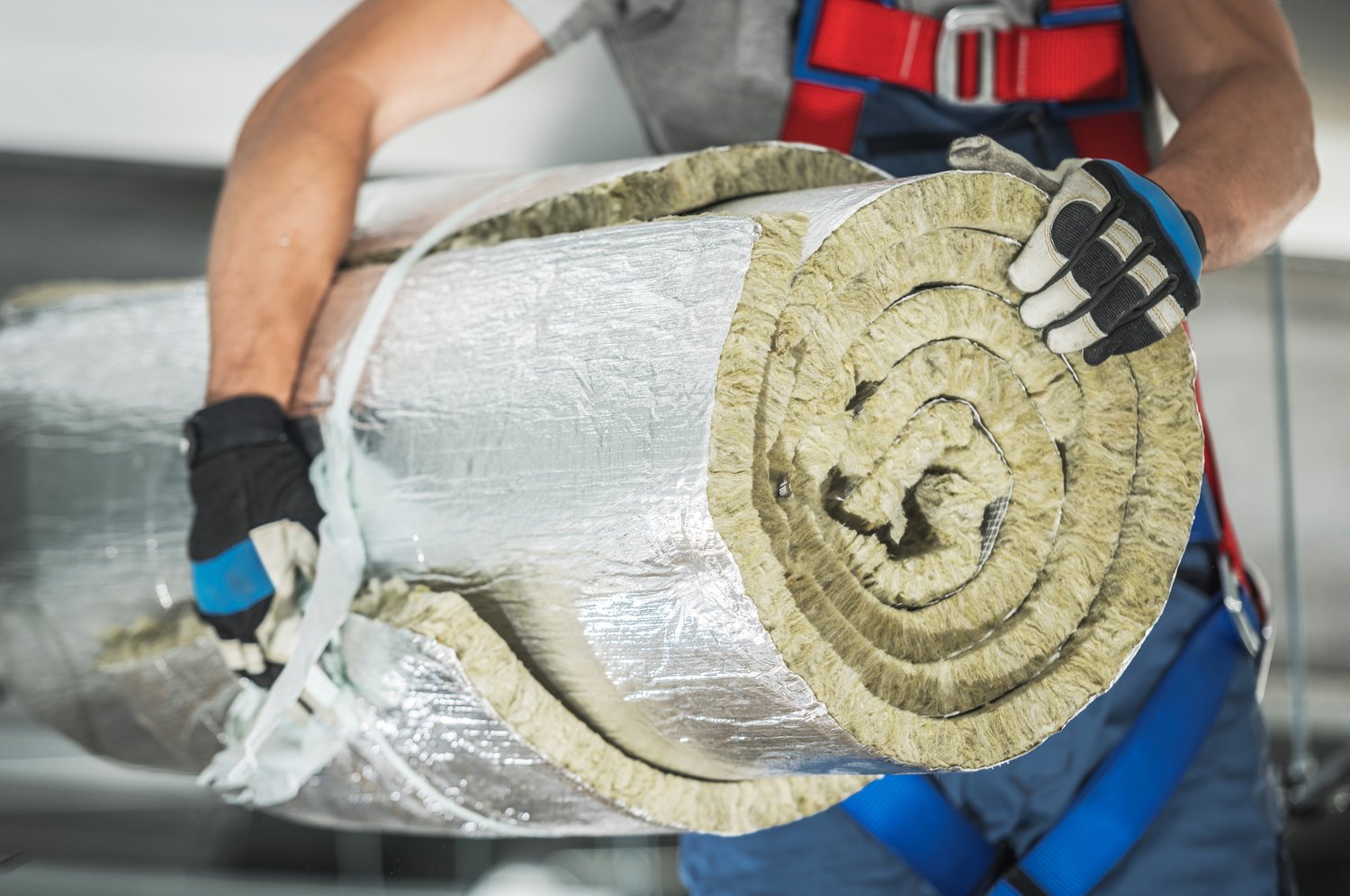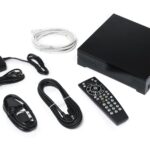Winter’s chill can pose a serious threat to your home’s plumbing, but have you considered how insulating exposed water pipes might actually enhance your home’s efficiency and protect it from unexpected repairs? Focusing on this often-overlooked aspect of home maintenance can prevent a host of issues while offering tangible benefits for your daily life.
- Discover how insulating water pipes can significantly improve your home’s energy efficiency and prevent heat loss.
- Equip yourself with a straightforward, step-by-step guide to effectively insulating your pipes using the right materials and techniques.
- Gain insight into common obstacles faced during the insulation process and learn practical solutions to overcome these challenges.
By the end of this article, you’ll have a clear understanding of the proactive steps needed to safeguard your plumbing system, ultimately enhancing your home’s overall functionality and efficiency.
Benefits of Insulating Exposed Water Pipes
Insulating exposed water pipes in your home offers numerous advantages that contribute significantly to both energy efficiency and the longevity of your plumbing system. By taking this simple yet impactful step, you can guard against common plumbing challenges.
Energy Efficiency: Insulation helps maintain the temperature of the water within your pipes, reducing the energy required to keep it warm as it travels through your home. This leads to lower energy bills and a more environmentally friendly household.
Prevention of Freezing: Exposed pipes are vulnerable to freezing during cold weather conditions, which can result in significant damage and expensive repairs. Insulation acts as a protective barrier, ensuring your pipes withstand harsh temperatures and keep functioning optimally.
Reduction in Heat Loss: By insulating your pipes, you effectively minimize heat loss. This is particularly important for hot water pipes, as it ensures that the water you use remains at the desired temperature for longer, enhancing comfort and reducing waste.
Incorporating pipe insulation into your home improvement plan is a practical measure that offers immediate and long-term benefits. These advantages not only improve your home’s efficiency but also contribute to maintaining a reliable and efficient plumbing system.
Step-by-Step Guide to Insulating Water Pipes
Taking the initiative to insulate your water pipes is a straightforward process that can yield significant benefits. Follow these steps to ensure your plumbing is properly insulated:
- Gather Materials: You’ll need pipe insulation sleeves, tape measure, utility knife or scissors, and adhesive tape. Opt for high-quality materials to ensure maximum effectiveness.
- Measure the Pipes: Start by measuring the length and diameter of the pipes you intend to insulate. Accurate measurements ensure a snug fit and optimal insulation.
- Select Insulation: Choose appropriate pipe insulation sleeves based on your measurements. Foam or rubber insulation materials are popular choices due to their efficiency in preventing heat loss.
- Cut Insulation to Size: Use a utility knife or scissors to cut the insulation sleeves to the lengths that match your pipe measurements.
- Install Insulation: Gently open the insulation sleeves and wrap them around the pipes. Ensure they cover the entire surface to maximize coverage and effectiveness.
- Secure the Insulation: Use adhesive tape to seal the seams and secure the ends of the insulation in place. This prevents any gaps and maintains efficient thermal protection.
By following these steps, you can enhance your home’s energy efficiency and protect your plumbing from potential issues, such as freezing or unnecessary heat loss. Regularly inspect your insulation to ensure it remains intact and effective throughout the year.
Challenges and Solutions When Insulating Exposed Water Pipes
Insulating exposed water pipes can significantly enhance your home’s energy efficiency and prevent potential damage during cold weather. However, homeowners often encounter a variety of challenges when undertaking this task. Understanding these obstacles and how to effectively address them is essential for successful pipe insulation. Here are some common challenges and practical solutions:
1. Limited Accessibility
In many homes, particularly older constructions, water pipes may be located in difficult-to-reach areas such as behind walls or in cramped crawl spaces. This limited accessibility can make it challenging to properly insulate the pipes.
Solution: Consider using pipe insulation that is flexible or pre-slit to facilitate installation in tight spaces. Utilizing extension handles or specialized tools designed for hard-to-reach areas can also be beneficial in these situations.
2. Selecting the Right Insulation Material
With a wide range of pipe insulation materials available, such as foam, fiberglass, and rubber, choosing the most suitable option for your specific plumbing setup and climate can be daunting.
Solution: Assess factors like the ambient temperature, the pipe location, and your budget. Foam pipe sleeves are a popular and cost-effective choice for most residential applications, providing excellent insulation and easy installation.
3. Inadequate Sealing and Gaps
Even when using effective insulation materials, poor sealing or gaps in the insulation can lead to energy loss and reduced efficiency in preventing pipe freezing.
Solution: Ensure all joints and seams are properly sealed using adhesive tape or appropriate sealing materials compatible with your insulation choice. Double-check for any gaps and apply extra insulation or sealant as needed to maintain a continuous barrier around the pipes.
4. Weather-Induced Wear and Tear
Over time, exposure to varying weather conditions can cause wear and tear on insulation materials, potentially compromising their effectiveness.
Solution: Regularly inspect the insulation to identify any signs of wear or damage from elements like UV exposure, moisture, or rodents. Replace or repair affected areas promptly to maintain optimal protection.
By understanding these common challenges and implementing practical solutions, you can effectively insulate your exposed water pipes, enhancing your home’s resilience and reducing risks of cold-weather damage.
Frequently Asked Questions About Insulating Exposed Water Pipes
Why is it important to insulate exposed water pipes?
Insulating exposed water pipes helps improve energy efficiency, prevents pipes from freezing in cold weather, and reduces heat loss.
What materials are commonly used to insulate water pipes?
Common materials include foam pipe sleeves, fiberglass wrap, and rubber insulation, each offering different levels of insulation and protection.
Can I insulate the pipes myself, or should I hire a professional?
You can do it yourself with the right materials and tools, especially for small projects. For extensive plumbing systems, a professional might be advisable.
How do I determine the right insulation material for my pipes?
Consider factors such as the location of the pipes, the climate, and your budget. Foam sleeves are easy to install, while fiberglass wrap offers higher insulation for colder areas.
What are the potential challenges when insulating exposed water pipes?
Challenges include fitting insulation around bends and joints, choosing the right materials, and ensuring a secure fit to prevent moisture buildup.
Are there any maintenance tasks associated with insulated pipes?
Check periodically for any damage or wear in the insulation, particularly after severe weather, to ensure continued efficiency and protection.





